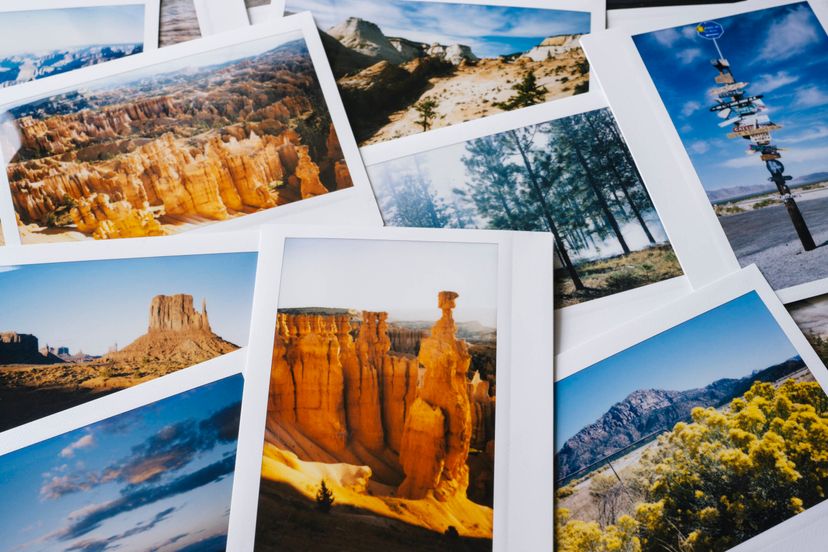
No disrespect intended to state and provincial parks, but the designation of National Park means the crème de la crème of the USA’s natural real estate. The resourceful experts at Backpacker.com have cleverly compiled a list of the Best Hikes in the country’s venerable National Park Service. Clever in the sense that they have isolated stretches of much longer trails that are accessible and achievable for those who are not Ironman alumni. Consider them as a hiking espresso to the Grande cup at Starbucks. There are logistic challenges to getting to the abbreviated versions but the best thing about this list is that it inspires a desire to experience these wonderful venues in some way, shape, or form. A few are Park superstars, like Yosemite and The Grand Canyon, but most are not that well known yet and could very well become the most unforgettable sight of a lifetime. Just touring them online is a breathtaking experience that will have you shopping for new hiking gear.
Advertisement
12. Goat Trail to Skolai Pass (Wrangell-St. Elias NP, Alaska)
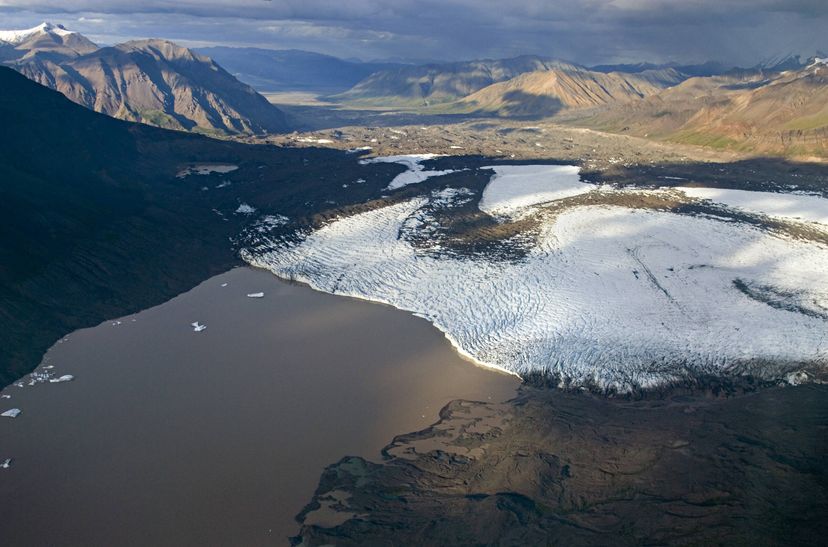
As for the degree of difficulty, just consider the name and how hikers need to impersonate one to progress comfortably along this trail which is often more of a track worn by Dall sheep. It is the epitome of Northern Exotic. All one needs to get there is take a bush plane, hike for miles through the wilderness, forge a river or two, and voila! You’re ready. Piece of cake. It follows along the Chitistone River across the pass, where the view erupts in brilliantly colored flowers, redundantly including forget- me- not because this sight will certainly not ever be. The huge Russell Glacier, snaking for 20 miles down from a towering peak of 16, 421-foot Mt. Bona. Timing and luck may produce sightings of caribou, wolf, and bear as you navigate Skolai Pass down to the lake where you have arranged for your bush plane ride to pick you up. Like we said, piece of cake.
11. Teton Crest Trail (Grand Teton NP, Wyoming)
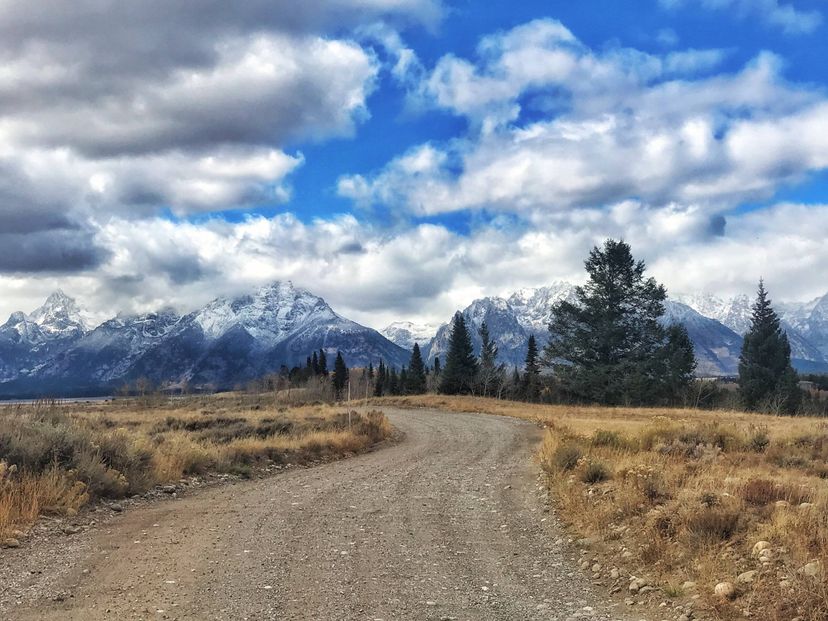
Backpacker calls it “9 miles of mountain madness”, but honestly could there be anything more Wild West-erly perfect than to say it runs from Paintbrush Divide to Hurricane Pass? The full hiking Monty runs 40 miles. The Divide comes at almost 11,000 feet and still leaves hikers looking up at the 13,700 Grand Teton Mountain. Be assured a place is not called Paintbrush Canyon because it’s homely’ but prepare, if you can, to be blown away by in-your-face views of the Fantastic Four; Grand Teton, the Grand, Teewinot, and Mount Owen, the latter three all pushing 13,000 feet. Lake Solitude shows up eventually ensconced in summer wildflowers. Despite the altitude, there is little mention of altitude sickness. Astonishingly the park retains the name given by 18th-century French explorers and that such little mention is made of the translation which is essentially “Large Breasts”.
10. Shi Shi Beach to Cape Alava, North Coast Route (Olympic NP, Washington)
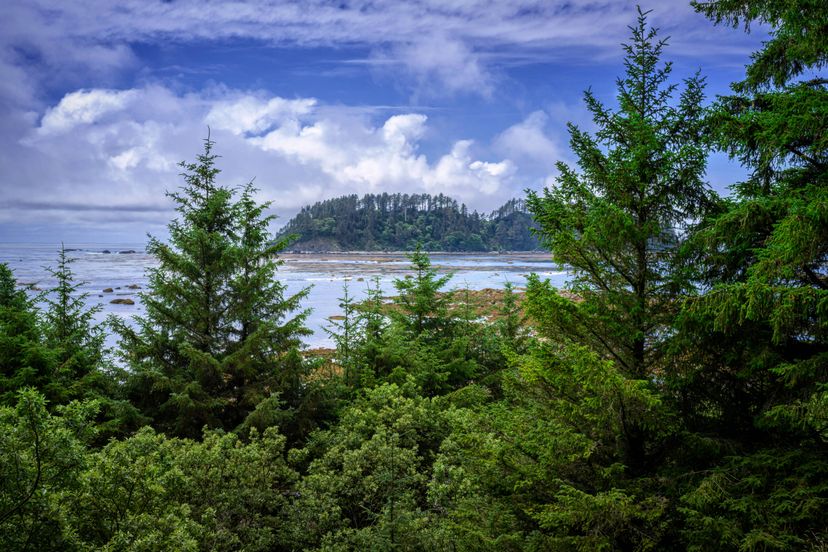
It’s not a household name but this stretch of northwestern coastline that’s part of Olympic National Park can hold its own with any piece of scenery you can imagine. It could almost be another planet with its isolation and rocks sculpted into other-worldly shapes by time and the relentless power of the Pacific Ocean. After a couple of miles of dense Pacific forest, a controlled 50-foot rock slide releases you onto the magical beach at Shi Shi (as in ‘shy), pristine white sand littered with cold water crustaceans washed ashore when the mighty Pacific swallows up the whole beach at high tide. The point of return at Point of the Arches, like prehistoric rock, has been shaped to mimic the architectural sites of the ruins of ancient Rome. For this trail the old cliché is apt: it must be seen to be believed.
9. Cathedral Lakes to Happy Isles via Clouds Rest (Yosemite NP, California)
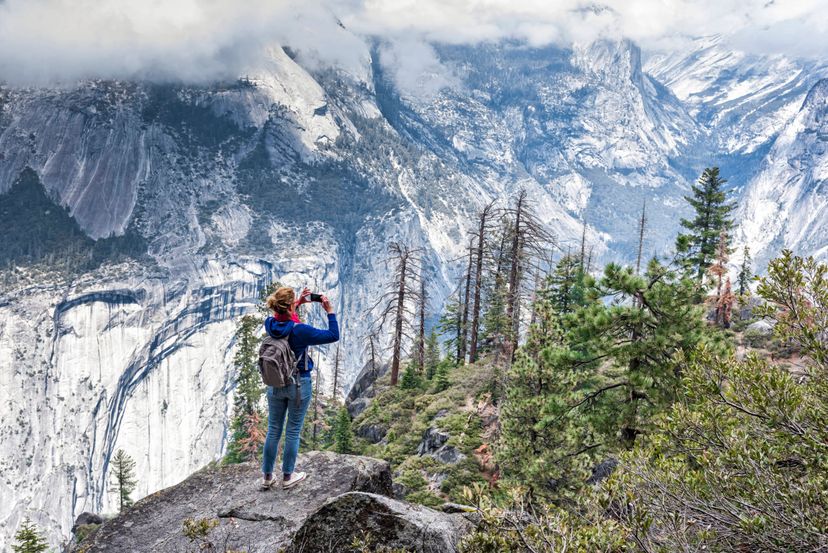
Whoever said “the journey is the destination” never saw the 360-degree panorama of Yosemite at Clouds Rest, 9926 feet up in the legendary Sierra Nevada. As one review at yosemitehikes.com put it, “This hike is all about the destination”. There is no shortage of spectacular views in the National Park System. Maybe it’s the thundering waterfalls, maybe the majestic stands of sequoia or perhaps the other iconic peaks but there’s something about an unobstructed view of the Grande Dame of Parks that leaves one feeling, if not on top of the world, then at least on top of America’s National Parks.
Advertisement
8. Cardenas Camp to Hance Rapid, Escalante Route (Grand Canyon NP, Arizona)
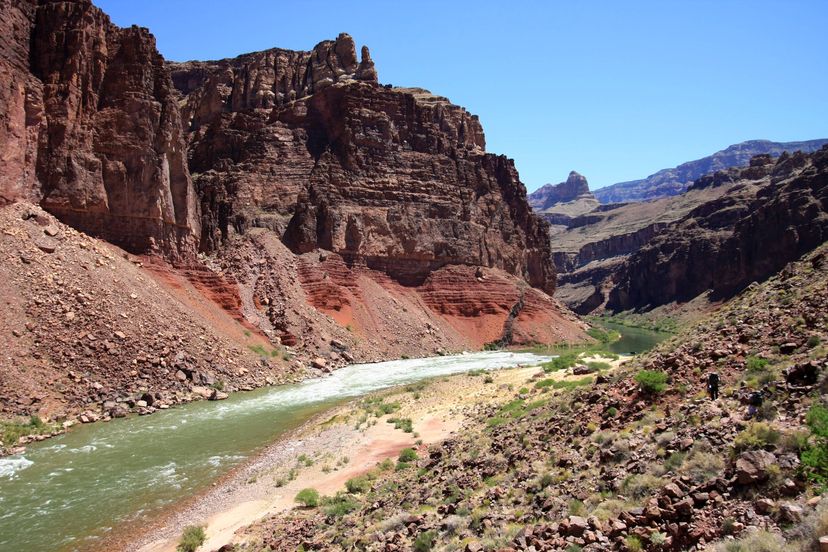
Well, the Grand Canyon had to be in here somewhere. The Backpacker says these nine miles convey the essence of the Canyon, an intense experience of the first order. Above and beyond getting up close with the canyon’s signature sunset-colored stone and the Colorado River, this nine-mile hike has many lesser-known but astonishing scenes. The Vishnu Complex named appropriately after the Hindu God also known as The Preserver, visible along the Canyon’s 277-mile length, formed by the massive collision of tectonic plates 1.7 billion years ago. Seventy-five Mile Creek is a towering, wafer-thin slot canyon. At the endpoint, Hance Rapids is one of the park’s premier stretches of white water. Along the way, some real hiking, climbing up on hand and toe grips, and a 30-foot descent by rope.
7. Andrews Bald to Jonas Creek Junction (Great Smoky Mountains NP, North Carolina)
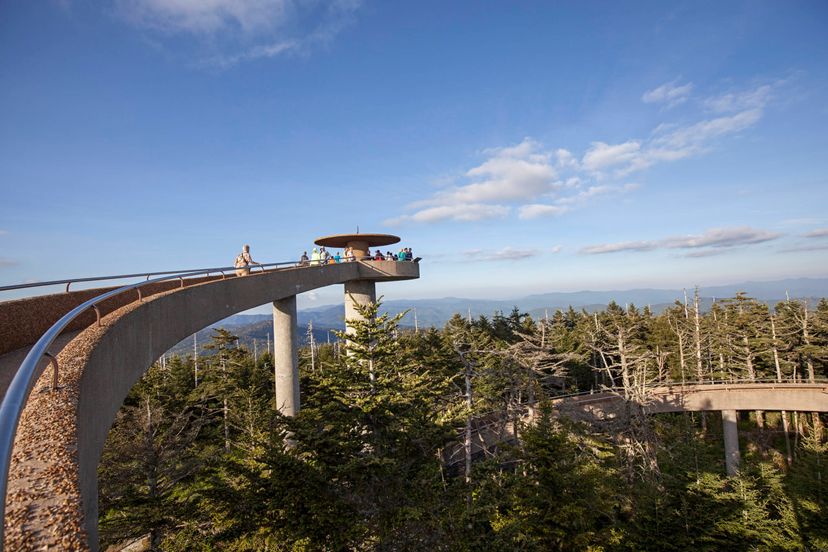
Perhaps the most thoughtful of the hikes on the list is located in Great Smoky Mountains National Park. One of the most popular parks in the system, it is designated an International Biosphere Reserve and a UNESCO World Heritage Site, so you know you’re going to see a show. Its hiking claim to fame is how it transcends climate zones. It has long been said that Smoky Park hikers can begin in the southern climate of North Carolina and end up in a northeastern climate like Maine, with similar changes in flora. This boiled-down version serves up the same experience in 8 miles with a 4,000-foot elevation change from Clingman’s Dome, the highest point in the state with boreal forests of fir trees to Appalachian hardwoods and finally to lush creek valleys and humid forest with a 40-foot waterfall at the bottom. Fabulous views of the old Smokies are especially frequent at upper levels. The entire trip is 16 to 18 miles return. Oh, and by the way, a ‘Bald’ is an elevated field of native grasses and thick shrubs.
6. “Wall Street,” Zion Narrows (Zion NP, Utah)
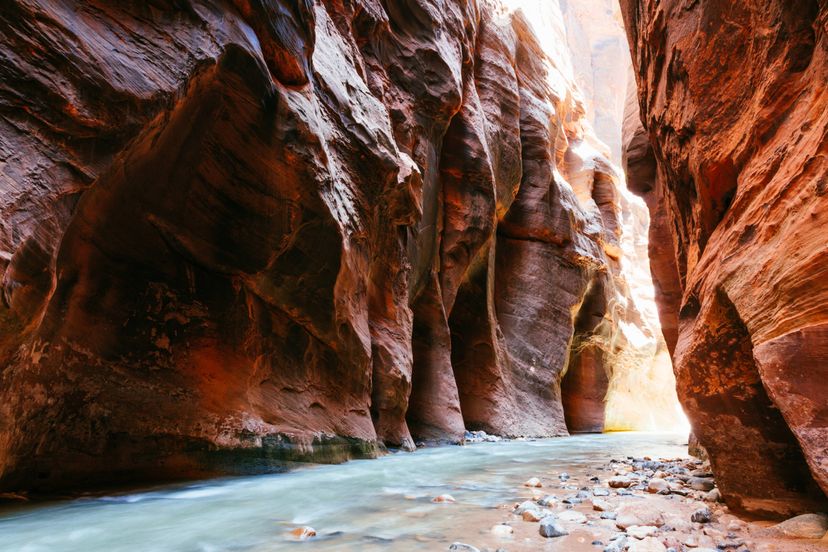
This sliver of a hike in Zion National Park is really part of a much more strenuous 16-mile trek much of it waist-deep in water. One of the classic slot canyons (as in coin or mail slot) in the world, narrow gaps formed by the erosion of rushing water on rock, they are always significantly higher than they are wide. “Wall Street” as the Zion Narrows is affectionately called has the sheer cliffs rising straight up along a narrow stream and has been likened to being in an Indiana Jones movie, the various layers the stream has cut through the rock face over the last 18 million years, a staggering sight and more staggering thought. There are warnings of flash flooding if you do go, but it’s worth it as they come any more magical or memorable than this one.
5. Boulder Pass Trail (Glacier NP, Montana)
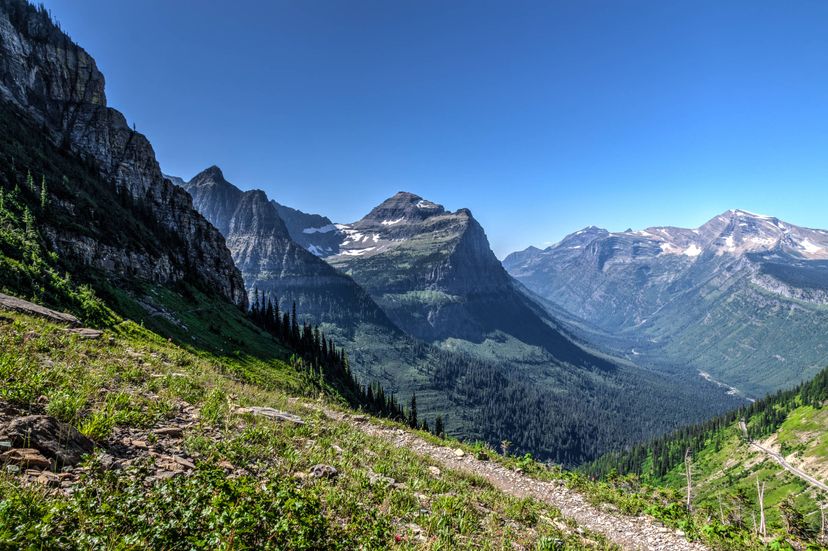
Google Boulder Pass Trail. Hit enter. Sit back. Say “Wow!” That’s how the hike begins. The 6.3-mile trail tracks the north shore of beautiful Kintla Lake with its crystal blue-green water with stands of timber standing sentinel. It’s a lot of flats punctuated with a few hills to make you feel like you’ve worked. The trailhead is at the Kintla Lake Campground in Glacier National Park, where overnight is optional in warmer weather. The grand finale is Kinnerly Peak, a majestic matterhorn of snow-capped rock that appears to rise straight out of the lake shallows to its 9,940-foot peak just three miles from the Canadian border.
4. Scoville Point Loop (Isle Royale NP, Michigan)
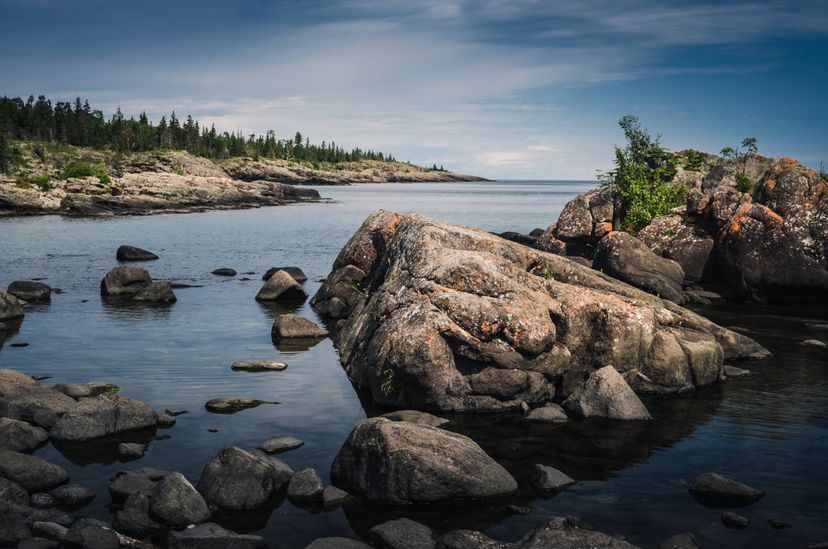
It’s four miles in and four miles out along the rugged breathtaking Great Lakes coastline. Isle Royale National Park, designated as National since 1931 is a little-known archipelago jutting out into Lake Michigan. This loop is ideal hiking terrain, flat, remote, starkly beautiful in granite, pine, and imposing views of the vast inland sea that is Lake Superior. Backpacker describes the sublime add-ons as “serene forests, rocky bluffs, the soundtrack of howling wolves and lilting loons.” Not the most physically challenging, it can be done with little more than worn-in tennis shoes and water. But certainly among the most aesthetically pleasing.
Advertisement
3. Wonderland Trail (Mt. Rainier NP, Washington)
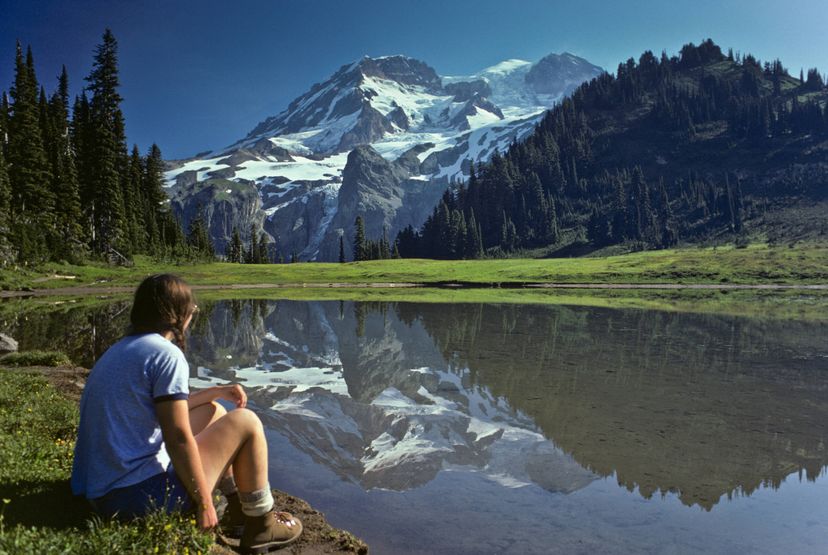
With the distant snowy peaks and wild alpine flowers, it looks like the sequel of The Sound of Music could be filmed here. The entire Wonderland Trail is 93 miles long and reveals every facet of Mount Rainier National Park’s considerable beauty. Backpacker compares this nine-mile stretch to going straight for dessert. Four miles in puts you at a meadow called Summerland memorably decked out in summer blooms. Panhandle Gap is the high point in elevation at 6,800 feet and in the scenery of the huge Fryingpan Glacier. A dozen waterfalls lie between there and the trail’s flowery end at Indian Bar.
2. South Rim Trail (Big Bend NP, Texas)
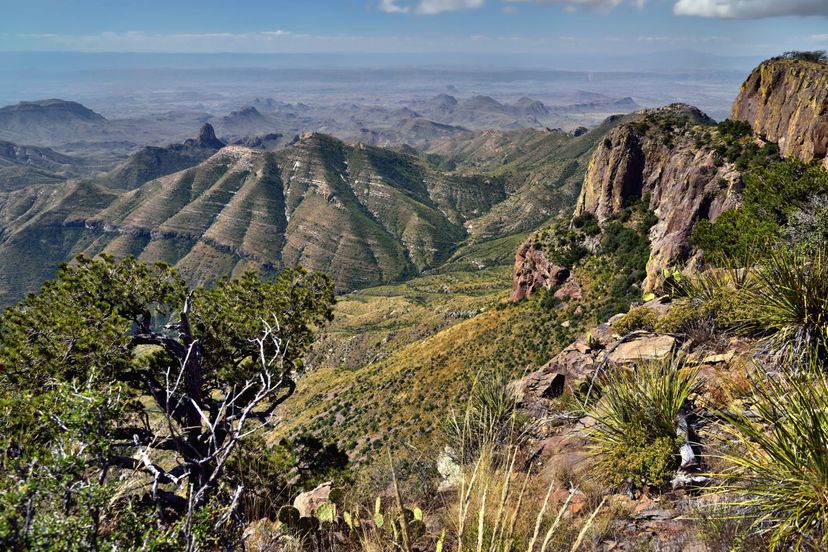
The views along the South Rim are famous. On a clear day, you can see Mexico from a hundred miles off from the heights of the Chisos Mountains. This trail in Big Bend National Park gains 2,000 feet in elevation over 14 miles thereby offering birds’ eye views of the Chihuahuan Desert floor as well as the classic rock formations of the American southwest, mesas, and arroyos, (also known as small plateaus and dried gulches, for you Northerners.) Native Texan flora is plentiful and picturesque and there is abundant wildlife including, mountain lions, Mexican black bears, and javelin, which sound like graceful gazelle but are in fact ungainly wild pigs. Parts of the trail are closed during the nesting season of the peregrine falcon.
1. The Emerald Mile (Redwood NP, California)
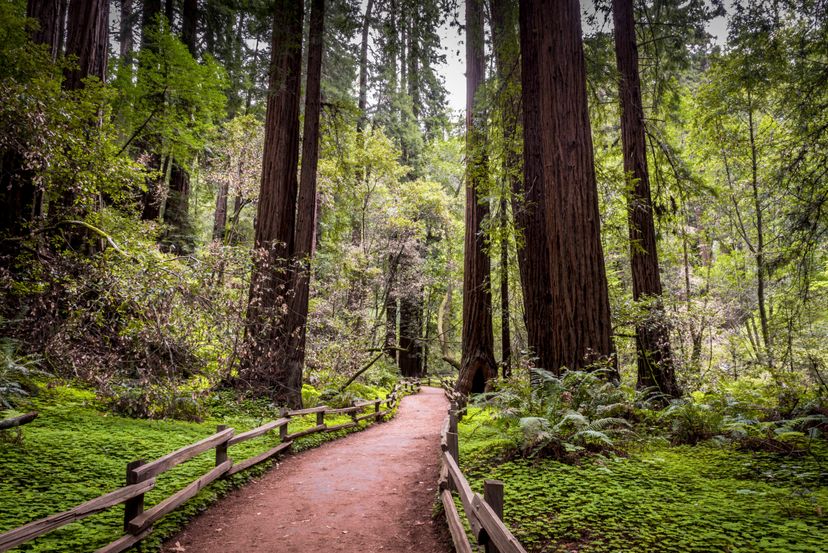
It’s just a mile technically, but what a mile. Dense stands of giant redwoods soaring 300 feet up, the tallest trees, and in fact largest living things on Earth, an indelible lifelong memory gazing up at the natural majesty. But venture a little further and find a wonderland of thick old-growth redwoods and Douglas Fir, a pristine primeval forest like the kind that overwhelmed European explorers centuries ago. Three hundred and twenty-five miles north of San Francisco but millennia back in time, Redwood National Park is worth the visit.
Advertisement